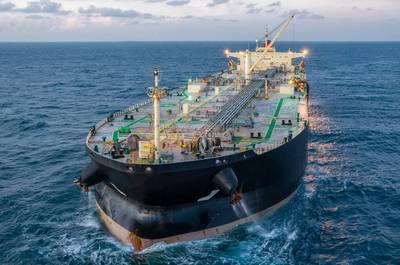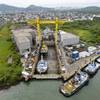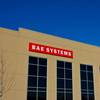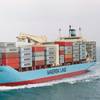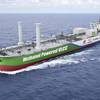Japanese Partners Developing Method to Assess Ship Performance in Actual Seas
NYK and Japan Marine United Corporation (JMU) have joined forces to develop a method for estimating a ship’s performance in actual seas before construction is completed.
The aim of the two companies is predict a vessel's performance in actual seas before the conclusion of a shipbuilding contract and aid in the reduction of GHG emissions by procuring highly fuel-efficient vessels.
In conventional shipbuilding contracts, the guaranteed speed is set and agreed based on the relationship between the ship's speed and horsepower in calm waters, and the shipyard and shipping company mutually confirm the guaranteed speed during sea trials in the final phase of construction.
However, since actual voyages are strongly affected by waves and winds, the guaranteed performance in calm seas deviates significantly from the performance in actual seas.
NYK and JMU introduced a clause guaranteeing ship performance in actual seas in a shipbuilding contract in September 2020 and have been working to verify performance in actual seas.
The partners recently completed verification of a vessel’s propulsive performance in wind and wave conditions in actual seas.
The companies selected two new VLCCs designed and built at JMU as target vessels and collected data on vessel speed, main engine horsepower, wind direction, wind speed, for one year from the delivery of the vessels in 2022.
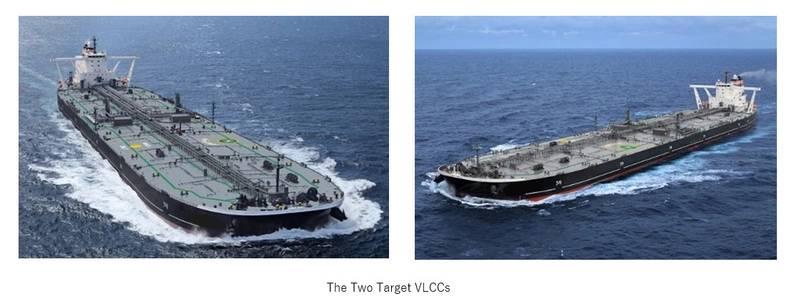 (Credit: NYK)
(Credit: NYK)
In actual seas, the two companies mutually verified the degree of achievement against the guaranteed speed/power curve formulated in 2020.
The evaluation determined the difference between the guaranteed speed/power curve and the vessel's data for each wind direction (headwind, crosswind, and tailwind) and calculated the average value.
According to the partners, they have confirmed that the guaranteed speed/power curve for the ship performance in actual seas was highly accurate. Both companies agreed to establish an analysis and evaluation method to evaluate ship performance in actual seas technically and objectively for specific routes.
One of the two new VLCCs was built using JMU technology to improve the shape of the vessel’s hull for better performance in actual seas, and the two companies confirmed a significant difference in this ship’s performance in actual seas, as expected.
Going forward, NYK and JMU will utilize a new method of developing new hull forms to further improve performance in actual seas. The two companies will also evaluate the performance of other vessel types in actual seas.
NYK will continue to evaluate the performance of its vessels with an emphasis on ship performance in actual seas and introduce new technologies to promote the procurement of highly fuel-efficient vessels.



